Several years back, on a float trip in northern Utah where the murky currents of the aptly named Red Creek dump into the Green River, I had an epic day of fly fishing.
A summer squall had moved across the steppe country the day before, and Red Creek was brimming. The Green, cold and clear in its A section below Flaming Gorge Dam, collided with the muddy flows of the tributary and created a visible line between clean and dirty water that meandered downstream for a half a mile.
For hours, we tossed double-nymph rigs right up against the clean-dirty interface, and for hours, we caught beefy Green River browns and rainbows. We were in the right place at the right time, to be sure, but these clean-dirty collisions aren’t at all uncommon—they happen on most western rivers with incoming tributaries, and the meetings of these two waters create something of a buffet line for waiting trout. And you ought to be there, offering up the prime-rib slices for the gluttonous fish.
A few years later, on Chile’s Lago Yelcho, I had a similar experience. The lake, cold and green and bursting with trophy browns and rainbows, the progeny of fish planted more than a century ago, also sees an influx of glacial rivers that deliver important nutrients from the Andean high country into the lake.
Our guide, Adrian, motored us right up next to the line where the blue-gray glacial tint met the green water of the lake, and two of us spent an afternoon stripping streamers through a trouty gauntlet.
The fishing algebra for this equation is pretty simple. The line between clean and dirty water is, after all, “structure.” It provides cover from potential predators, but it also delivers food to the bigger body of water in the form of everything from larval insects to worms, leeches and small fish. Tributaries to larger bodies of water are replenishing sources of nutrients, too, meaning they not only deliver food in its kinetic form, but also contribute to a river or lake’s food-producing potential. In Yelcho’s case, the glacial streams charge the lake with nutrients that feed the lake’s famous dragonflies, which, in nymphal form, are about an inch long and cruise over the lakes ample weed beds.
And, these big larvae can also be found where the clean and dirty water meet—just like trout, they lie in wait for smaller critters to come to them. Not coincidentally, this also also puts these bugs, which can be reasonably imitated with a size 6 olive Woolly Bugger, within reach of hungry browns and tail-walking rainbows.
Of course, it helps, too, to know the water you’re fishing, and what might be coming down these smaller creeks when they’re bursting with rainwater or even high-country snowmelt. In the case with Utah’s Red Creek, the flies of choice were San Juan Worms trailed by an attractor nymph, like a Prince. Where Idaho’s Fall Creek tumbles over a set of iconic waterfalls into the South Fork of the Snake, the murkier (and geothermally influenced) waters of Fall Creek deliver insects like water boatmen and bigger hunks of protein, like small leeches. In the fall, when the creek runs lower and cleaner, it creates a massive foam mat that traps small Blue-winged Olives and provides an all-you-can-eat smorgasbord for the South Fork’s opportunistic trout.
The point is, these intersections of waters, where one is generally clean, and the other is generally dirty, offer trout just about everything they need to thrive—security, food and oxygen. And anglers, regardless of the time of year or the weather, ought to consider these confluences to be must-fish zones.
After all, if that’s where the fish are going to be. You might as well be there, too.




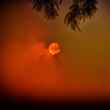

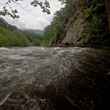



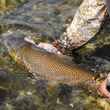
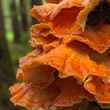


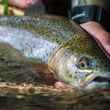




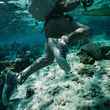
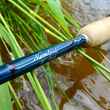



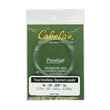
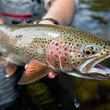



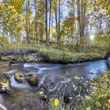
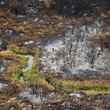
Comments